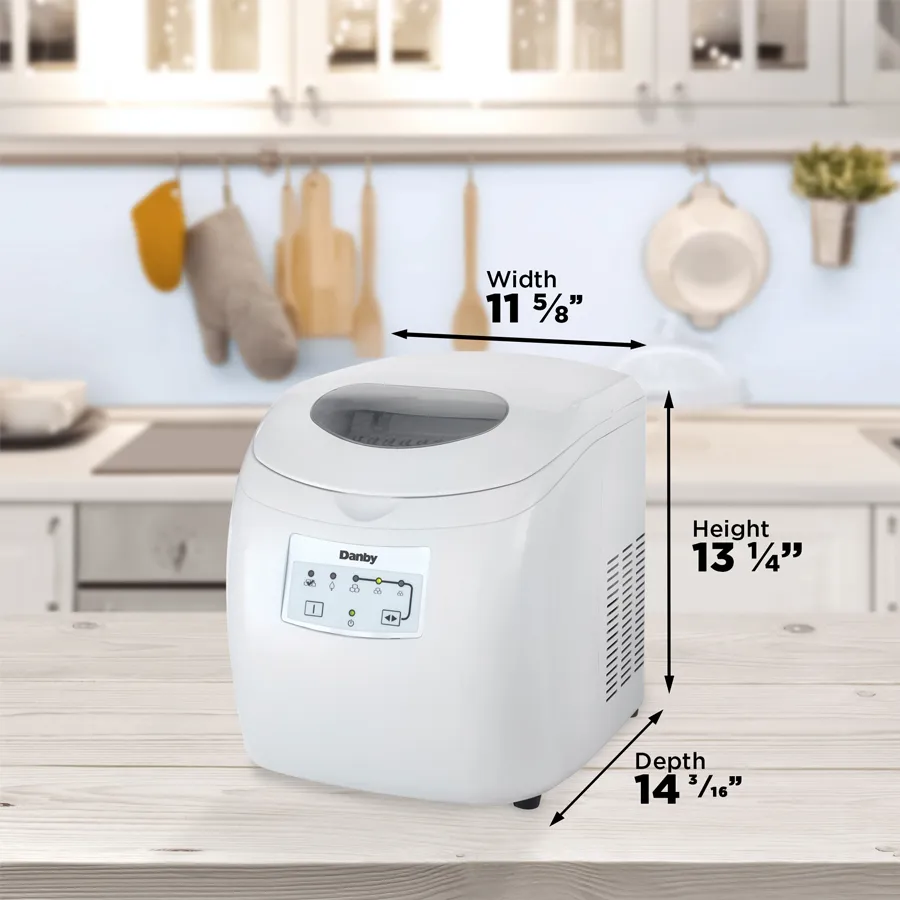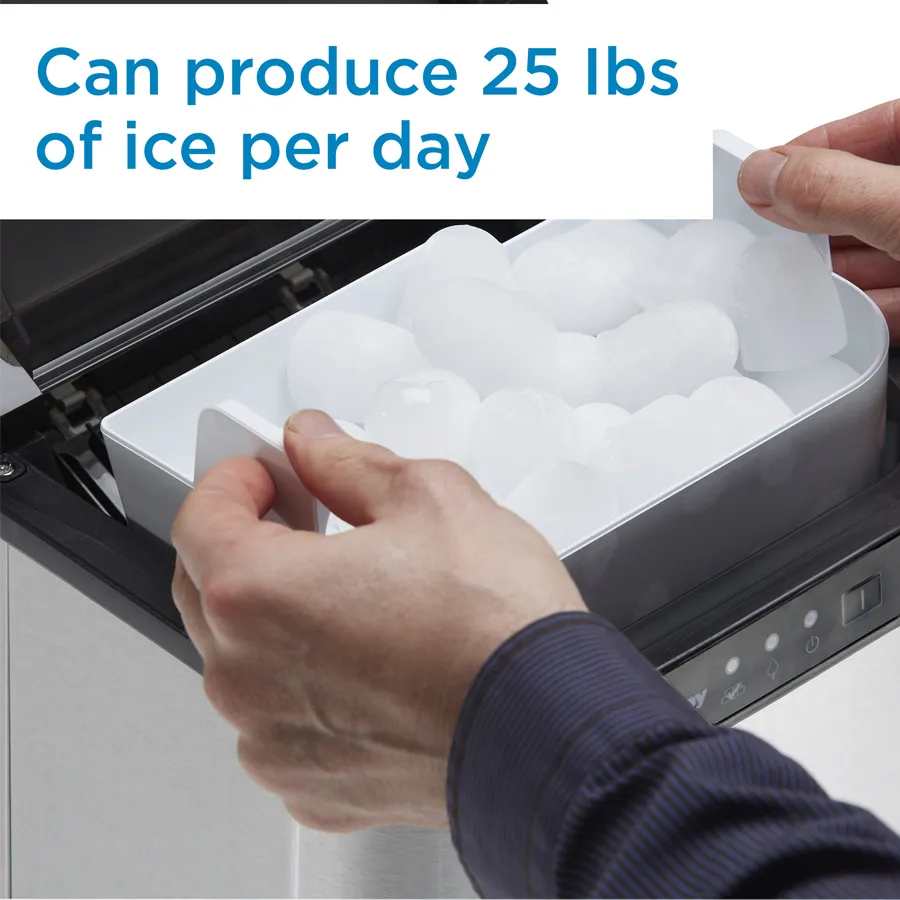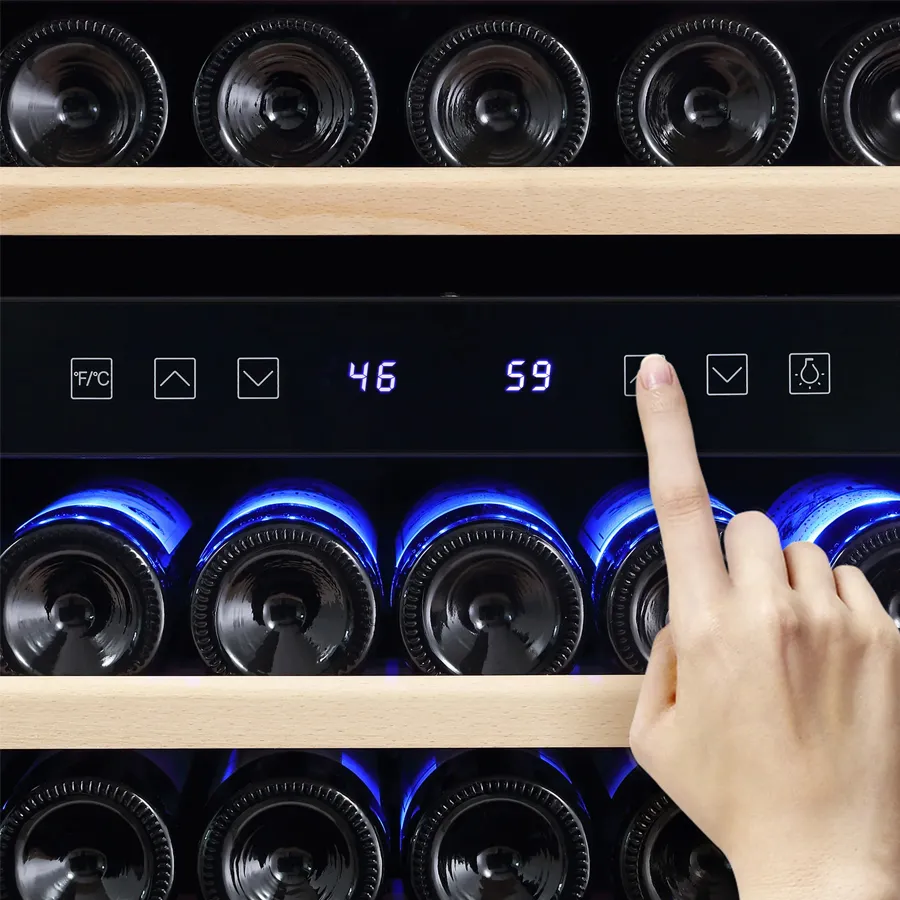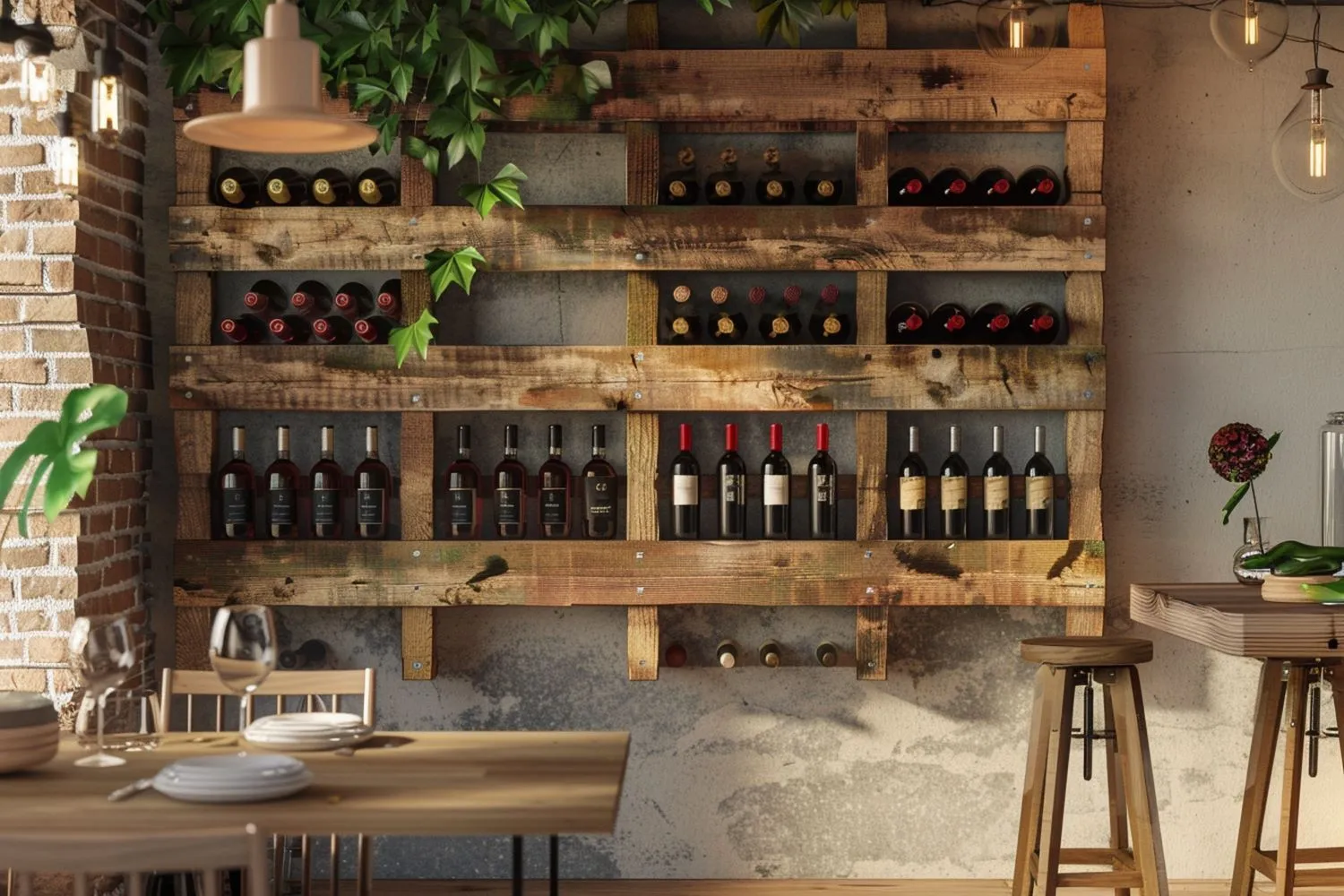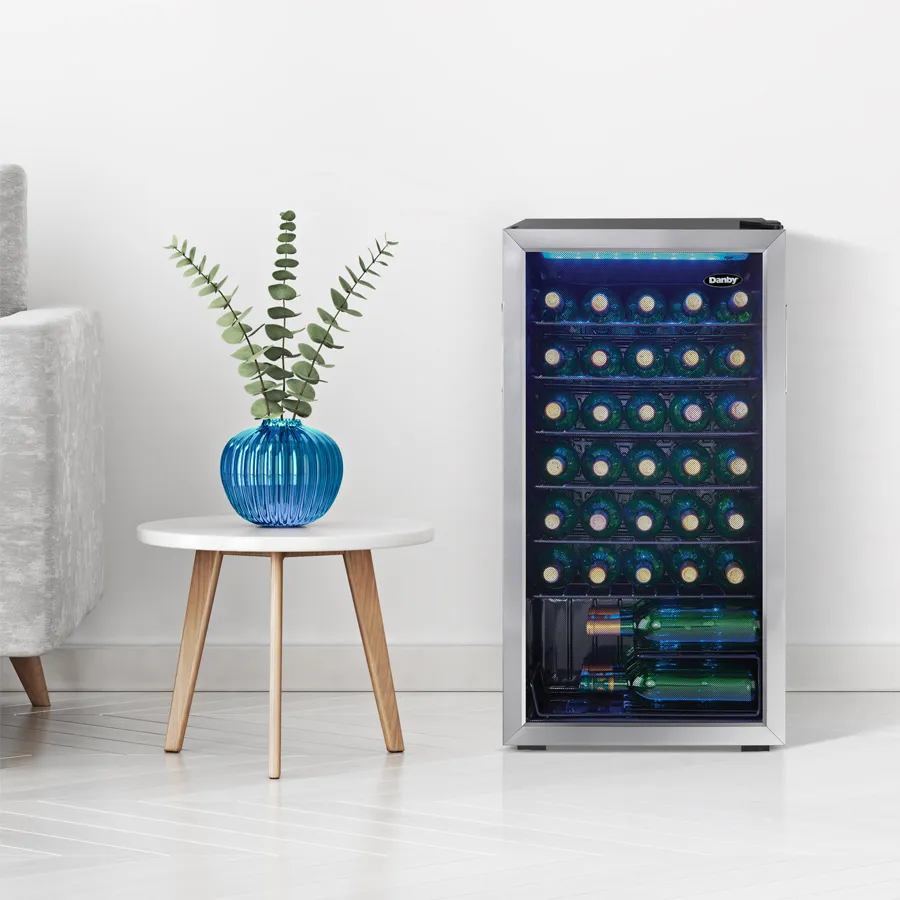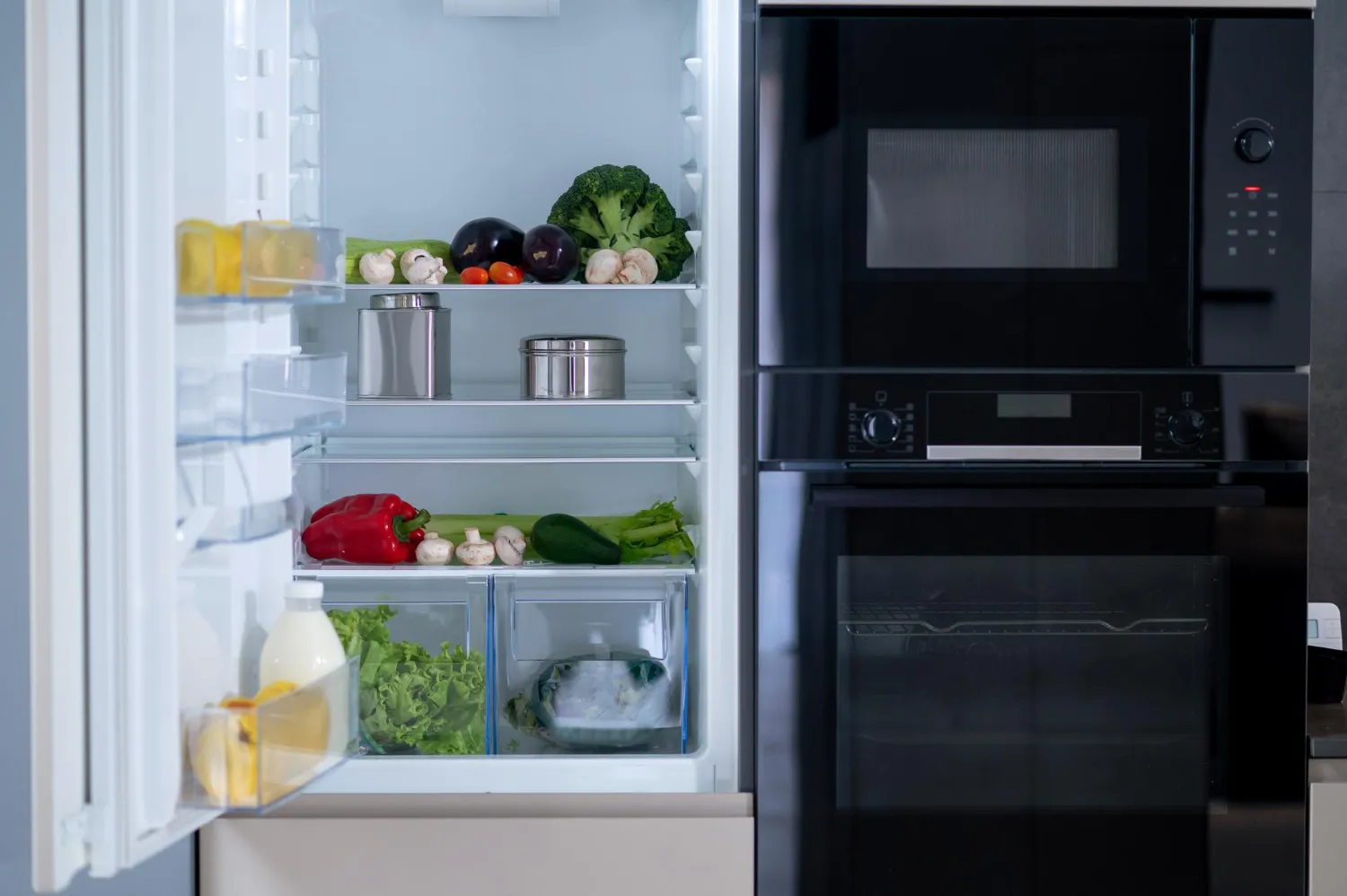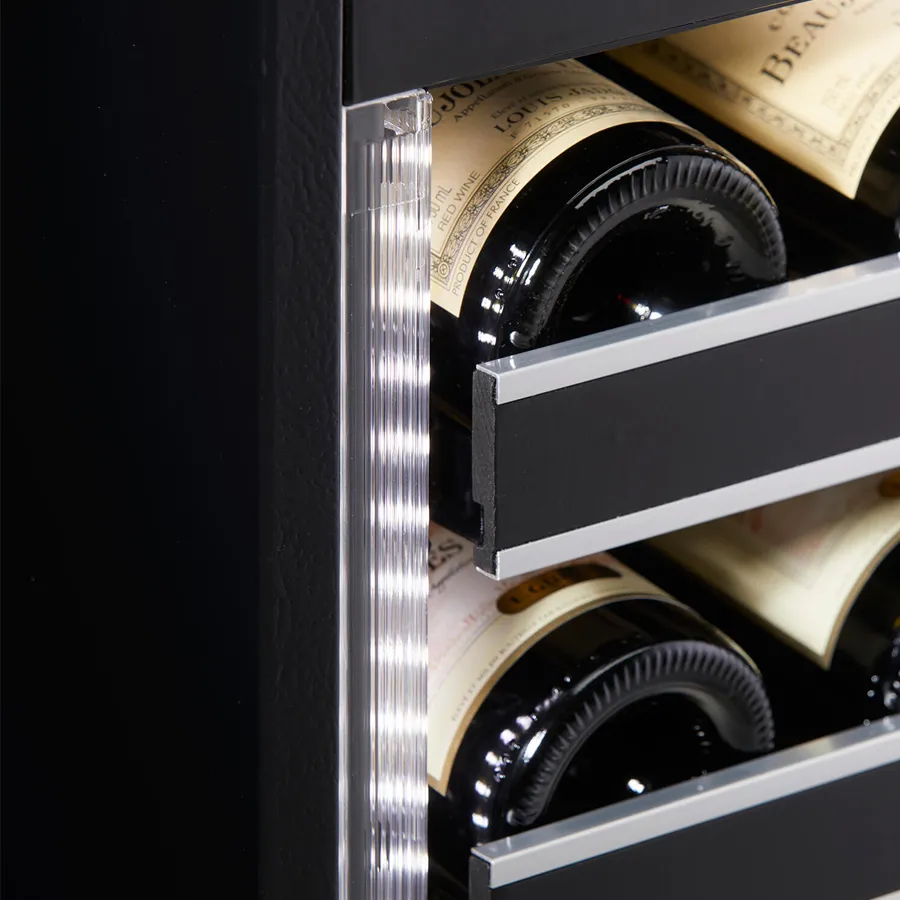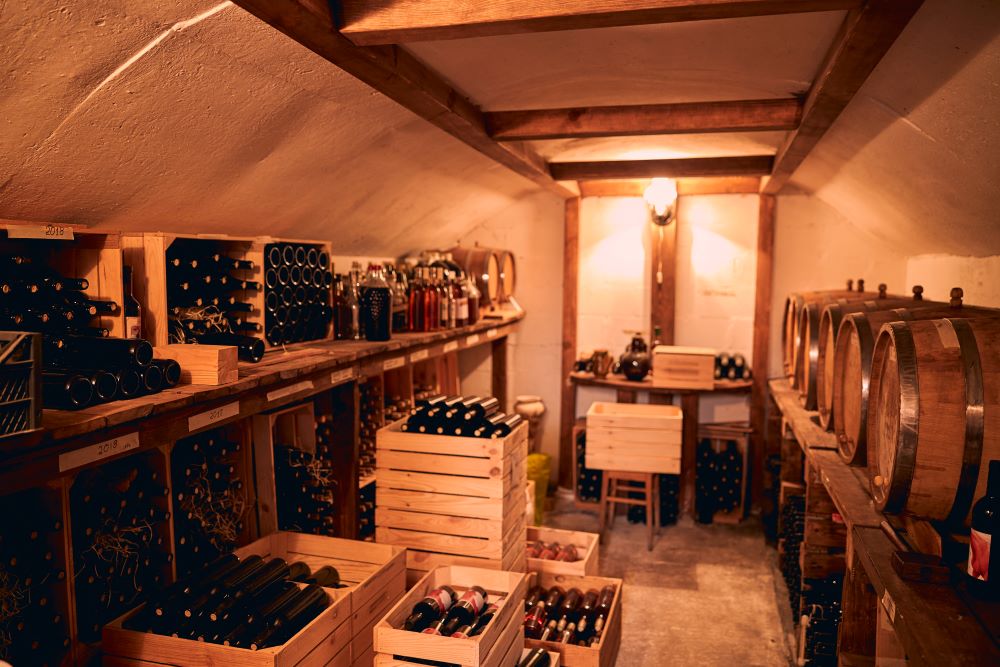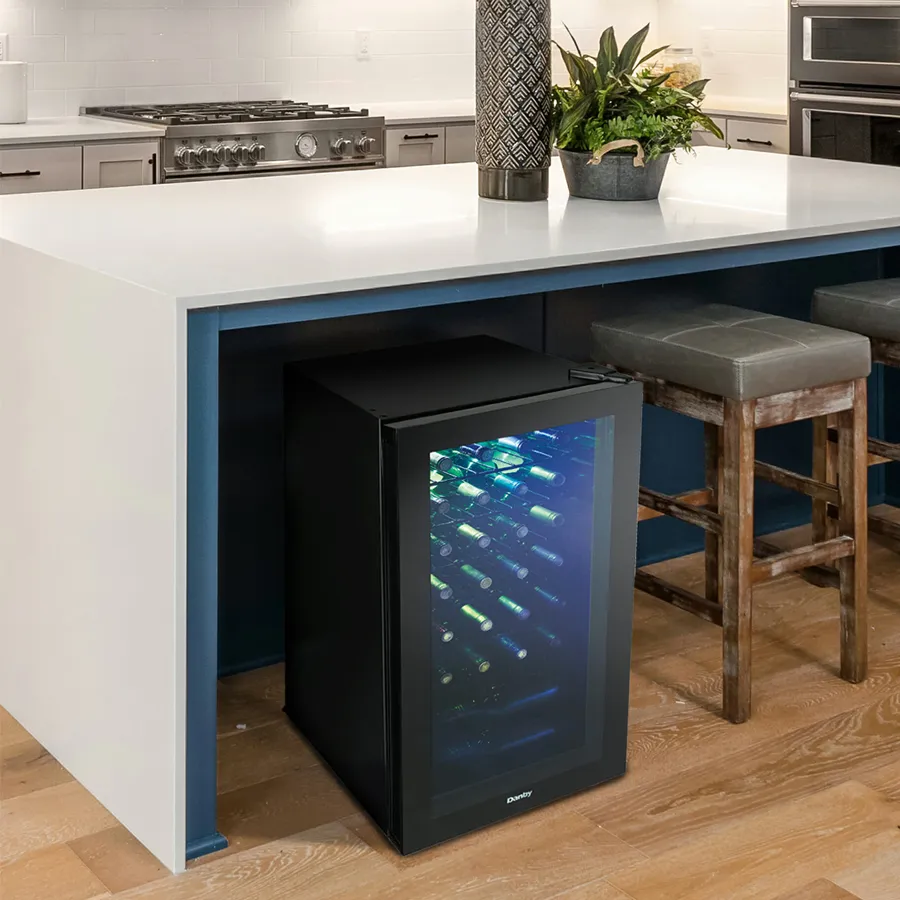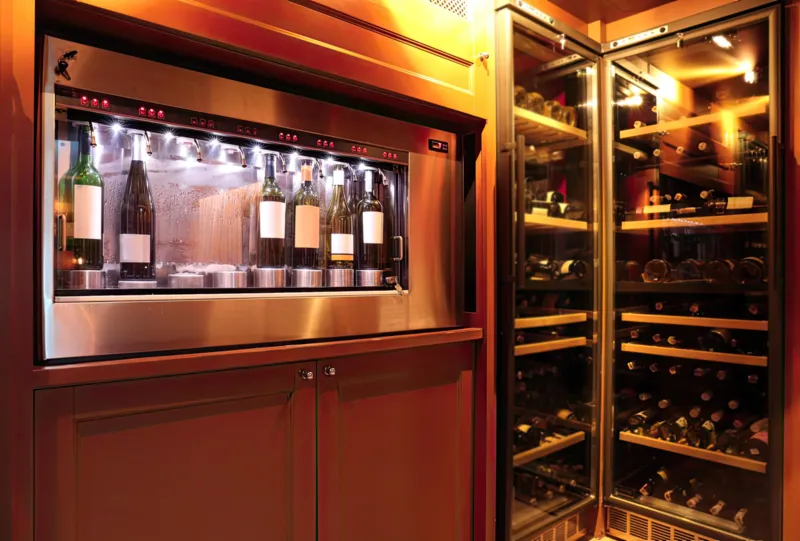You may find yourself disputing between block ice and cube ice when it comes to selecting the best ice for your beverages or merchandise. To make a wise choice, you need be aware of the salient distinctions between the two. Differentiating between block ice and cube ice can be difficult, so we’ll go over the melting times, applications, and prices of each here.
What is Block Ice?
The size and solidity of a block ice is its most distinguishing feature. Because of its lower melting temperature compared to cube ice, block ice is better suited to preserving the freshness of large quantities of perishable goods for extended periods of time. This ice is often employed in commercial and industrial settings due to its ability to keep temperatures stable over long periods of time.
How to Produce Block Ice?
Block ice is often made by pouring water into metal cans or molds and then freezing the entire assembly in a big tank. A solid block of ice has formed when the water freezes completely around it. After the blocks have been frozen, they are taken out of the molds and broken down into smaller pieces. Block ice production is more of an industrial process due to the need for huge, heavy machinery and equipment.
What is Cube Ice?
Cube ice, on the other hand, is known for its convenience and quick chilling properties. This type of ice is perfect for drinks in the food and beverage industry and for personal use at home. The small, individual cubes provide a larger surface area, allowing for faster cooling and melting in drinks.
Process of Manufacturing Cube Ice
These days, cube ice production is often more simplified and automated than in the past. Individual cubes are formed by pumping water into molds and then quickly freezing the water with refrigeration equipment. The cubes are evacuated from the molds after they have been frozen, and then they can be packaged and shipped. This method is widely used for industrial ice production because of its speed and efficiency, making it ideal for applications involving food and drink.
Block vs. Cube Ice Differ?
Overall, the differing techniques and processes used to produce block ice and cube ice have a significant impact on their physical characteristics and potential applications. By understanding these manufacturing differences, you can better appreciate the unique qualities of each type of ice and how they can best meet your specific needs.
| Characteristic | Block Ice | Cube Ice |
|---|---|---|
| Size | Typically larger, more suitable for larger containers or chilling food items. | Smaller, versatile, and suitable for various uses. |
| Appearance | More solid and crystal-clear, visually appealing in drinks and presentations. | Transparent but may lack the clarity of block ice. |
| Production | Made in specialized ice makers designed for large ice blocks. | Produced in various ice makers, including portable and refrigerator ice makers. |
| Taste | Can impact taste due to its slower melting rate and density. | Melts faster, potentially diluting drinks more quickly. |
| Versatility | Ideal for large-scale events or drinks that require slower dilution. | Versatile, suitable for everyday use in different applications. |
| Convenience | May require more effort to obtain or produce. | Readily available, easy to find in grocery or convenience stores. |



